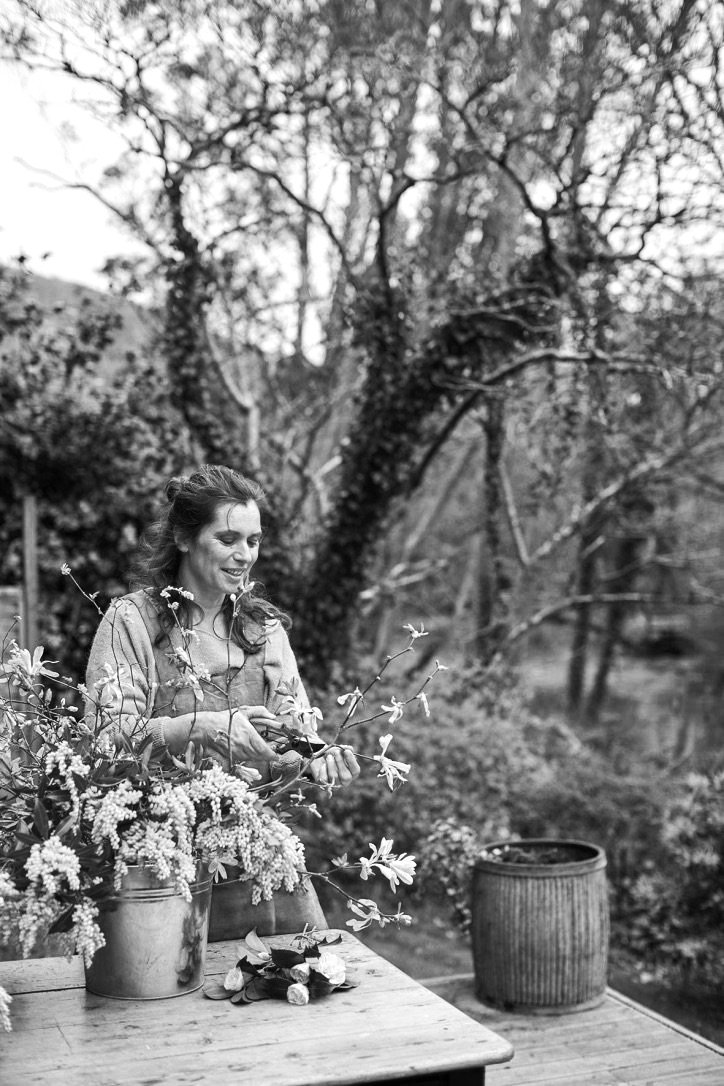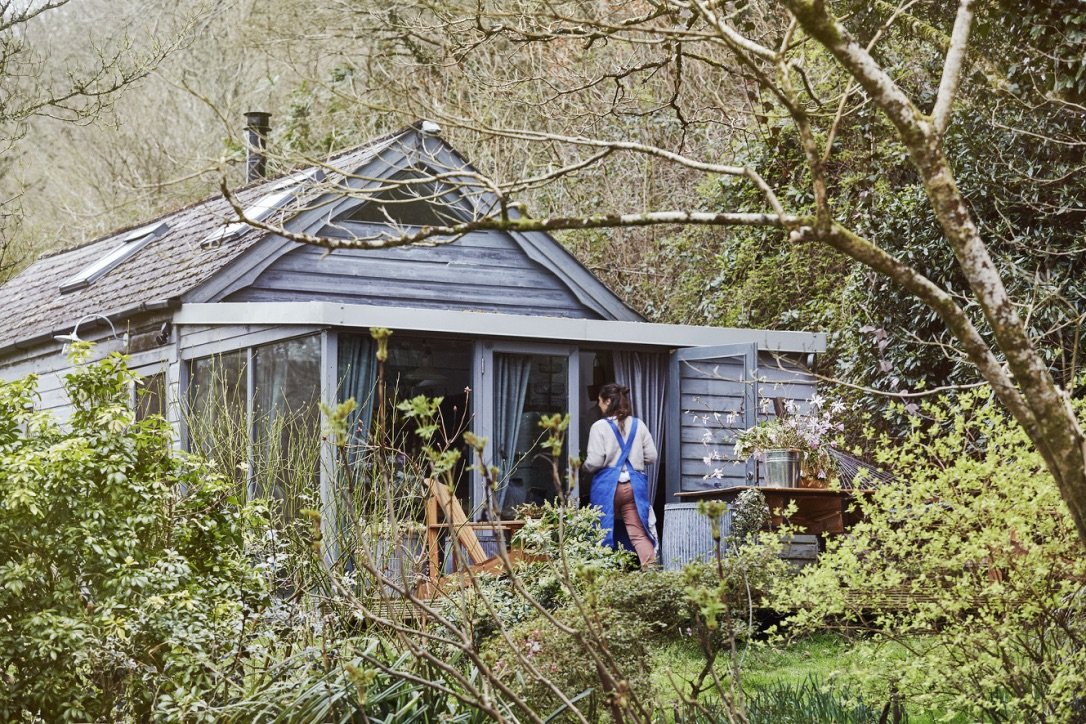“I have been fascinated for decades by the aspect of surface and depth.”
Through the Lens of Paint
My work and life-long interests have always been art and food.
My twenties were spent working for the flamboyant chef, Keith Floyd and curating contemporary art work, with such notable artists as James Turrell, Andy Goldsworthy, Tacita Dean, Tim Noble and Sue Webster. Teaching Dad to Cook Flapjack, my debut cookbook, was published in 2010.
I studied History of Art at the Courtauld Institute of Art in Somerset House in London, as both an undergraduate and post graduate. I was fortunate to have frequent and intimate encounters with 2000 years of masterpieces in art, architecture and sculpture. The works I was particularly drawn towards often had the fascinating dual aspect of surface and depth. It was the heavily encrusted paintings of Giacometti in post war Paris that spoke to me in layers of existentialism, works on reclaimed doors from the Spanish civil war that revealed their former domestic life, and the meditative qualities of Rothko’s colour fields that yield transformative aspects through their emotive use of colour.
Surface and Depth
I have been fascinated for decades by the aspect of surface and depth. I seek to create a surface that is intuitively seductive and engaging, which then unfolds to an enmeshment of visual marks and stories, that are their own journey in colour, line and form.
The process of creating a painting starts with the most exquisite surface to work on. In my riverside studio I select from conservation grade linen canvas, a deep wooden panel or a plaster panel.
-
As an art history student some of the finest linens I’ve encountered are the Dutch flax canvases of the seventeenth century used by Vermeer. Painting on these canvases feel like the creation of a museum art work. They are calibrated to withstand a large range of climate conditions and are perfect for changes in temperature and humidity. I used a large one of these canvases on a recent landscape commission for a client in Hong Kong
-
These panels impart an intimate quality that resonate of a mediaeval reliquary that would have been personal devotion items.
-
These are my most unique paintings and go back to first principles. Using a Clay board or wooden panel, I hand trowel the surface with a lime based plaster. The painting is created using a two part process: wet and dry, which echoes ancient techniques. I use lime wash, silicate paint and acrylic to fuse the paint surface directly with the plaster.
Subject
Still lives are inspired by seductive seasonal produce: the first deep velvety figs, rose-coloured garlic, mint flowers, blackcurranty dark hellebores, perfumed quinces in the winter, rare snowdrops, speckled eggs and hand made ceramics.
The landscapes are the result of seeing a distinctive feature, ancient field boundaries, a tangled band of gorse bordering the top of a field; a group of sculptural trees on the Moor standing out against the low mist.
They are rooted in the coastal and Moorland landscape of Devon.

















